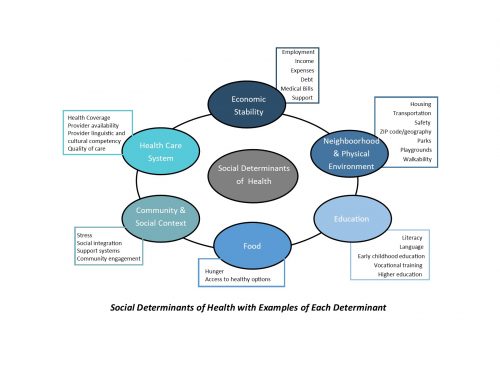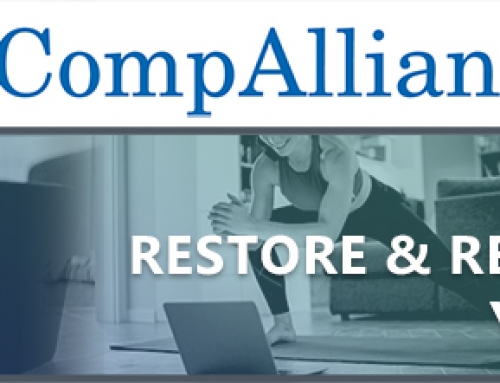I have been in the occupational health/case management field for over 30 years. When I first started, carpal tunnel surgery required hospitalization at least overnight and if you wanted to send information quickly you used one of those new-fangled facsimile machines (but only if you got permission to send it from the manager in your department).
All files and records were managed on paper and the main reason a nurse attended the appointment with your claimant (no injured worker terminology back then) was to act as your human fax machine reporting back the results of the appointment. Your case manager would also delineate the barriers on the case and her plan to address these barriers. The main goals for case management were to negotiate cost-effective treatment options and to get the injured back to work as soon as possible.
Additionally the case manager was to act as an advocate for the employer, injured worker and also for the TPA or insurance company, without seeming to be “too soft”. It was and always will be, a delicate balancing act between all parties.
Since then all aspects of case management and workers’ compensation have been refined and developed. We now refer to the “injured worker”, and “adherence”. We strive for a collaborative approach to care with shared decision making. We utilize evidence based approaches when determining appropriate care. The medical information from the treatment provider is usually available almost immediately.
We at CompAlliance had a very busy year in 2015. We merged two case management companies, achieved URAC accreditation and developed several new case management products that we believe are timely for the new directions workers’ compensation case management is heading.
So what does this changing model mean to case management? What topics should be explored and new directions mapped out? This is what I hope to explore in the upcoming year.

